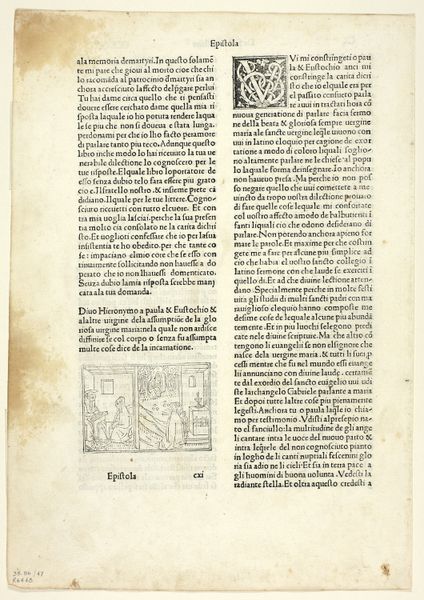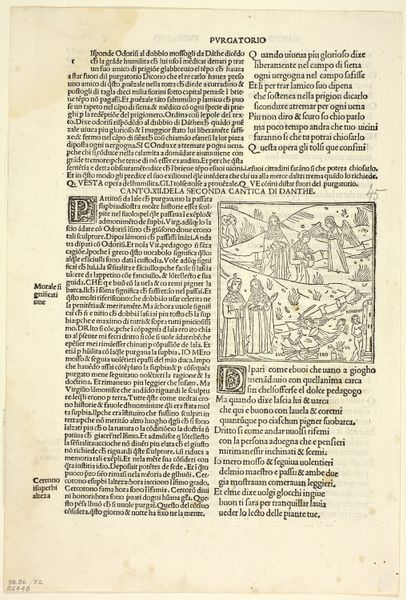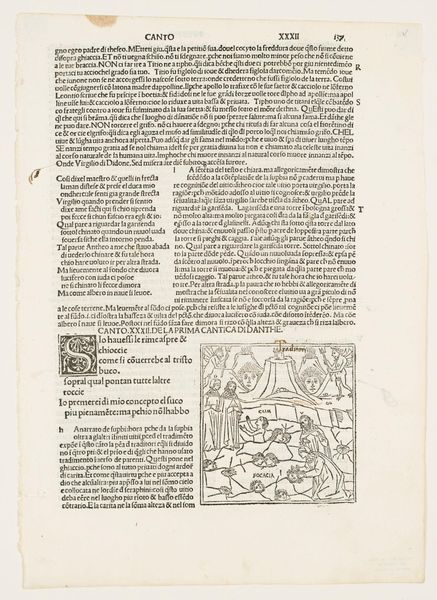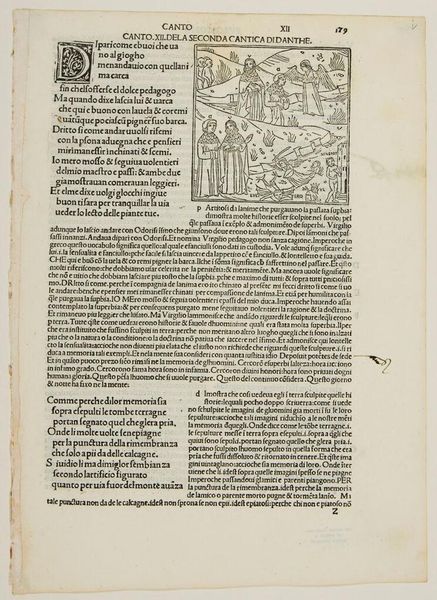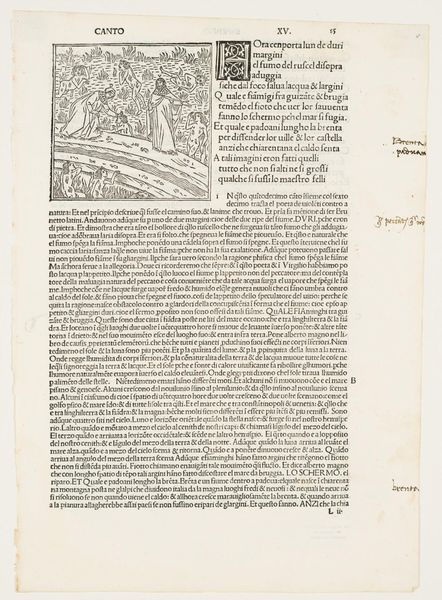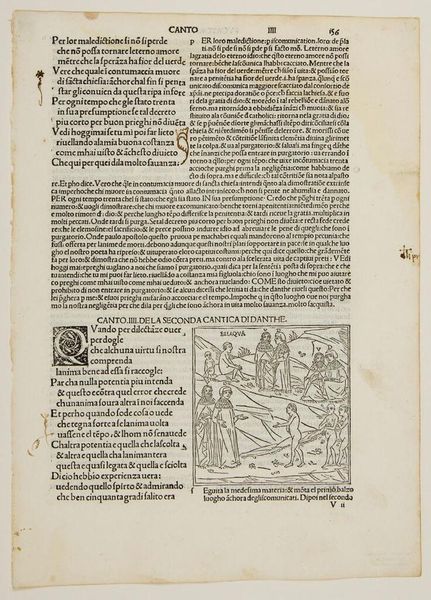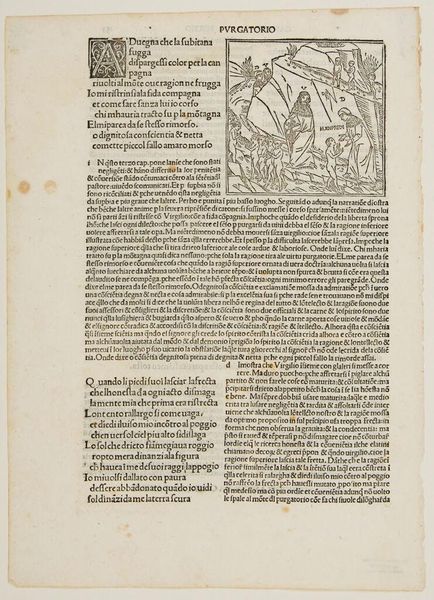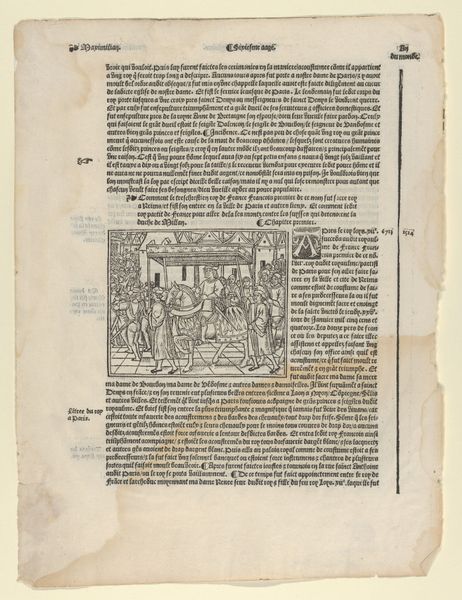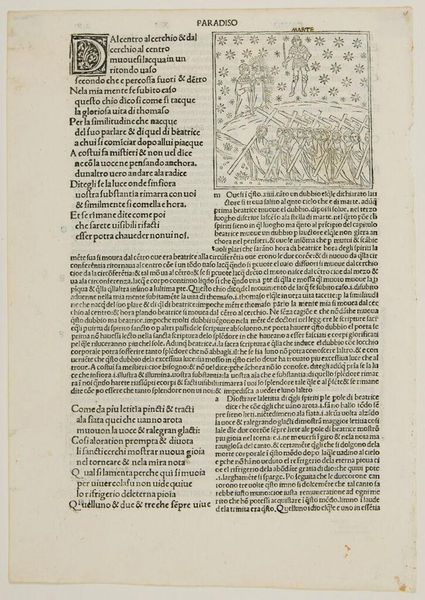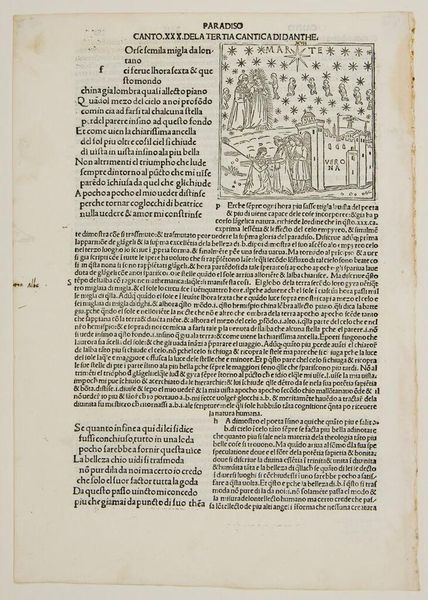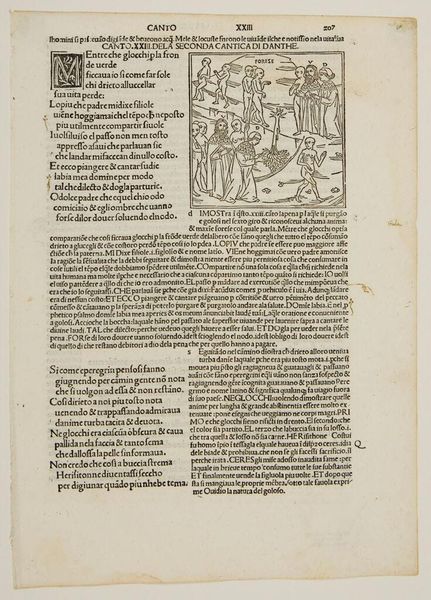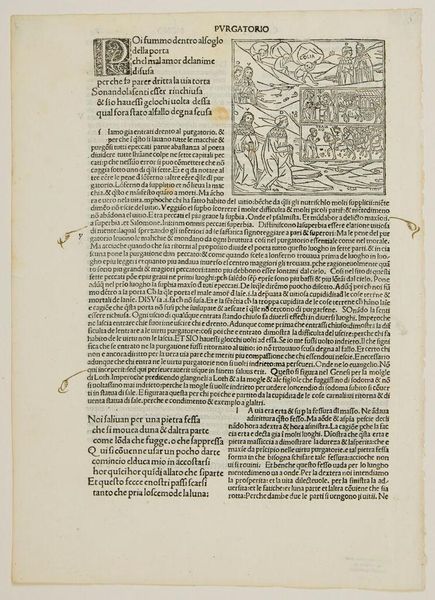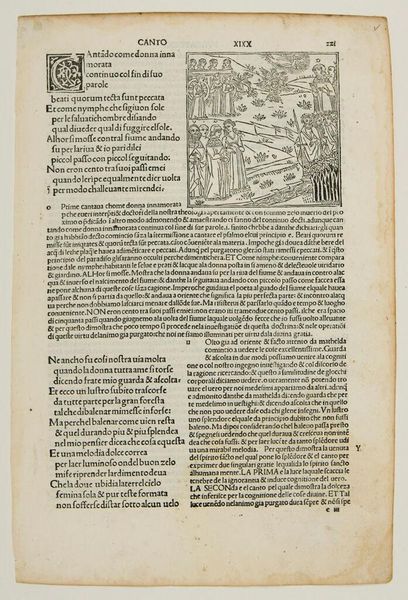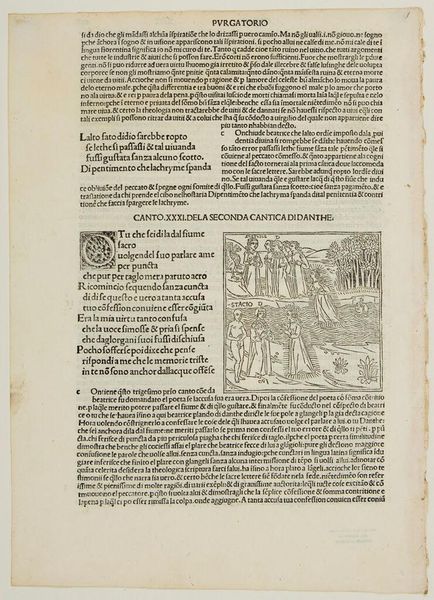
drawing, print, paper, ink, woodcut
#
drawing
#
medieval
#
narrative-art
# print
#
paper
#
ink
#
woodcut
#
northern-renaissance
Dimensions: height 330 mm, width 230 mm
Copyright: Rijks Museum: Open Domain
Curator: This engaging print is titled "Writer Behind a Round Lectern". It’s a woodcut in ink on paper from 1491, placing it squarely in the Northern Renaissance. What strikes you about this piece initially? Editor: There's an intriguing sense of enclosure, isn't there? The writer is hemmed in by the lectern and the room around him. It’s like a study cell – the quiet corner where thought becomes action. Curator: Precisely. Notice the composition – how the lines of the room and lectern almost cage the writer. Considering the period, that resonates with themes of intellectual pursuit amidst religious and social constraints. The writer is literally framed by his environment. Editor: And the visual vocabulary really tells a story. Look at the items placed on the lectern; they must signify the tools and objects of learning. And, is that a little statuette on top of the lectern or table? What message does it give us, what might it stand for? Curator: That's an interesting point. The items on the lectern reinforce his intellectual occupation, but it is through the woodcut medium that the print speaks powerfully to its time, representing the rising accessibility of knowledge thanks to printing. Its creation coincided with shifting social and political realities. Editor: That symbol adds an aura of almost... obsessive scholarship. It speaks to the dedication required to master literacy, let alone author complex documents. A commitment that demanded shutting out the noise, both literally and metaphorically. Curator: Definitely. By portraying the solitary scholar, it champions the very real struggles behind scholarly advancement and intellectual discovery in the late 15th century, underlining this era as critical in history. Editor: I find this solitary figure evocative; I reflect upon our era and wonder if that scholar had an inkling that they too would speak to people beyond their place and time through image and language, the potent symbols of this age and culture. Curator: And so, this image invites us to ponder the writer’s space and practice anew within our own current societal, historical and even cultural contexts. We understand a bit more through his legacy.
Comments
No comments
Be the first to comment and join the conversation on the ultimate creative platform.
